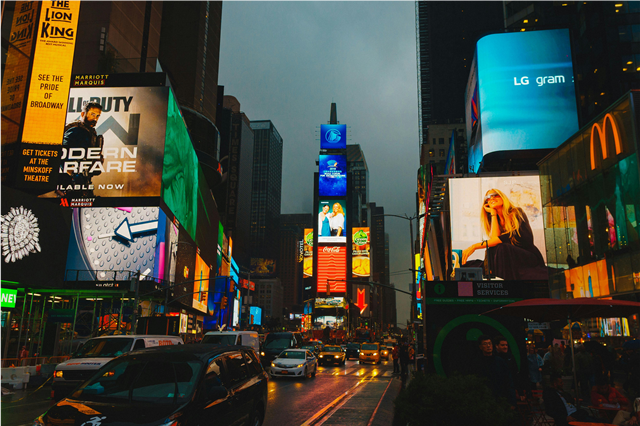
What is the lifespan of LED screens
LED screens have revolutionized how we display information, from towering digital billboards to our personal smartphones. But just how long do these brilliant displays actually last? The answer might surprise you – and it's packed with fascinating insights that illuminate the true potential of LED technology.
The Incredible Longevity: More Than Meets the Eye
LED screens typically last between 50,000 to 100,000 hours before reaching half their original brightness – that's approximately 5.7 to 11.4 years of continuous operation! To put this into perspective, if your LED screen runs 24/7, it could easily serve you for over a decade before needing replacement.
But here's the kicker: most LED displays never reach full failure. Instead, they gradually dim over time, maintaining functionality well beyond their rated lifespan while delivering perfectly acceptable performance.
Fascinating LED Lifespan Facts You Need to Know
The Sun Comparison Factor
Here's a mind-blowing comparison: LEDs can outlast incandescent bulbs by up to 50 times and fluorescent lamps by 5-10 times. If an average incandescent bulb lasts 1,000 hours, premium LEDs are playing the long game at 50,000+ hours.
Temperature Matters More Than You Think
Did you know that operating temperature significantly impacts LED longevity? For every 10°C increase in temperature, LED lifespan roughly halves. This means proper ventilation and cooling systems aren't just recommendations – they're essential for maximizing your investment.
Usage Patterns Affect Everything
Your LED screen's daily usage pattern dramatically influences its actual lifespan:
- 8 hours/day = Potential 34+ years of use
- 16 hours/day = Approximately 17+ years of service
- 24 hours/day = Still impressive 11+ years of reliable performance
Industry-Specific Longevity Variations
Different applications reveal varying lifespans across LED technology sectors:
Commercial Displays & Billboards
Outdoor LED billboards often exceed 100,000 hours due to advanced heat management systems and higher-quality components. Some premium installations continue operating at 70% brightness after 15+ years of constant outdoor exposure.
Consumer Electronics
Smartphone and TV LED backlights typically fall in the 40,000-60,000 hour range. However, device obsolescence usually occurs long before LED failure becomes noticeable to users.
Industrial & Specialty Applications
High-end industrial LED displays designed for critical applications often boast lifespans exceeding 150,000 hours, thanks to rigorous manufacturing standards and protective design features.
Factors That Secretly Influence LED Screen Longevity
Color Matters: Blue LEDs Age Faster
Blue LED chips traditionally degrade faster than red or green ones, which is why white LED balance sometimes shifts toward warmer tones as screens age. Manufacturers now compensate for this through clever design workarounds.
Quality Control Makes All the Difference
Premium LED screens use higher-grade semiconductors and better encapsulation materials. While budget options might promise similar specifications, the actual components often determine whether you get 5 years or 15 years of reliable service.
Environmental Enemies
Salt air, high humidity, UV radiation, and extreme temperatures all accelerate LED degradation. Marine displays require special coatings, while desert installations need enhanced UV protection – factors that significantly impact real-world performance.
Maintenance Tips That Actually Extend LED Life
Surprisingly, simple maintenance practices can add thousands of hours to your LED screen's working life:
- Regular cleaning prevents dust buildup that causes overheating
- Proper calibration reduces unnecessary power consumption and heat generation
- Timely repairs prevent minor issues from cascading into major failures
- Smart scheduling (reduced brightness during daylight) minimizes wear during peak hours
The Future Looks Even Brighter
Emerging technologies promise even longer LED lifespans. MicroLED and MiniLED innovations currently in development show potential for 200,000+ hour lifespans, while quantum dot enhancements offer improved efficiency and color stability that should extend real-world performance well beyond current benchmarks.
Bottom Line: Your Investment's True Value
When evaluating LED screen purchases, remember that lifespan directly correlates with return on investment. A commercial LED display costing $15,000 with a 15-year lifespan actually costs less than $3 per day, making quality LED technology one of the smartest long-term investments in visual communication infrastructure available today.
The impressive lifespan of LED screens isn't just about durability – it represents a fundamental shift toward sustainable, cost-effective display solutions that continue performing long after competing technologies would have failed. Whether you're managing a corporate digital signage network or upgrading home entertainment systems, understanding LED longevity helps ensure smarter purchasing decisions and maximum value from your technology investments.
Ready to maximize your LED screen investment? Understanding lifespan factors empowers better purchasing decisions and ensures optimal return on your display technology investment.


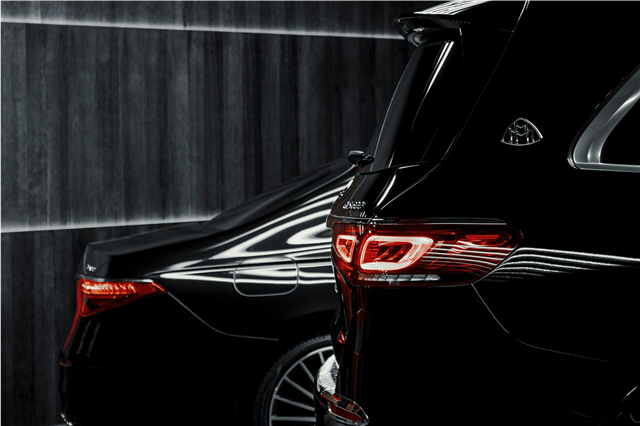
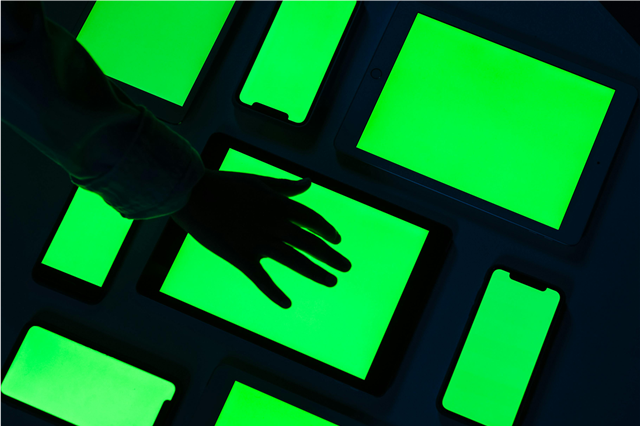
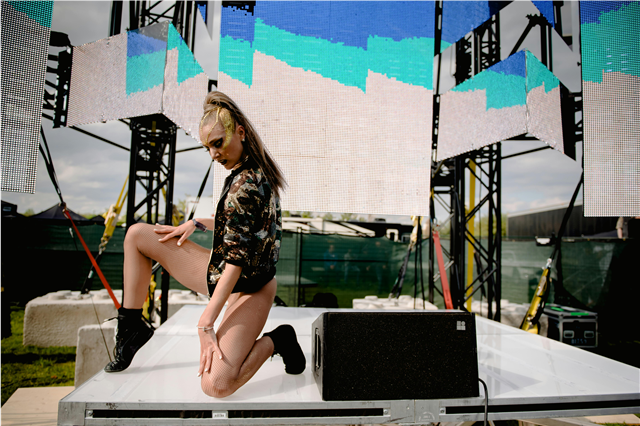
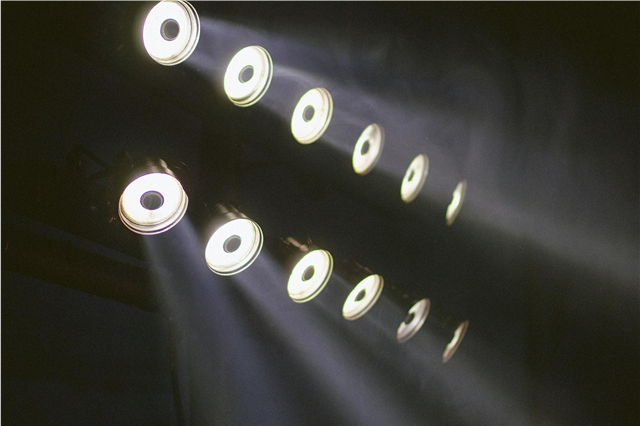
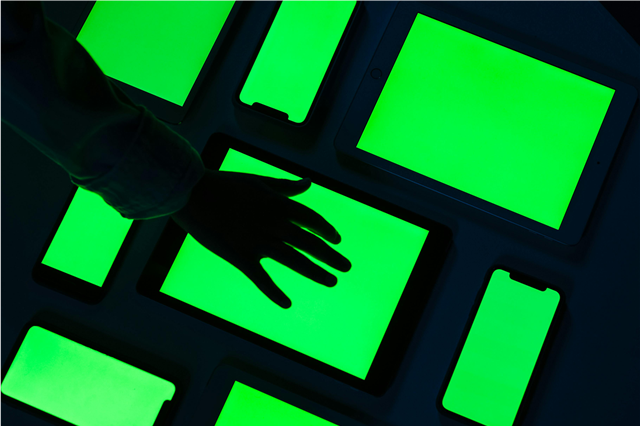
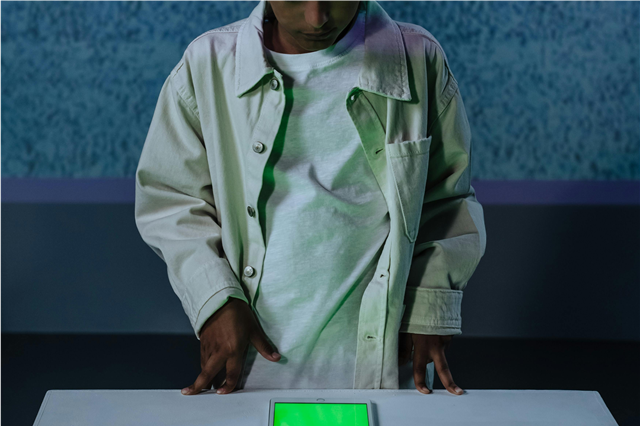
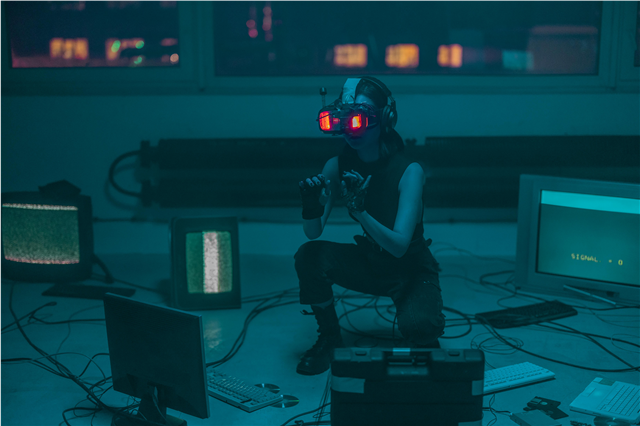







Post Comment